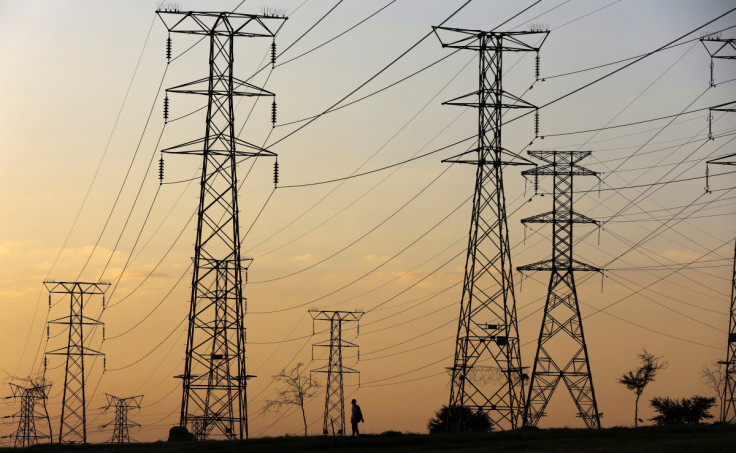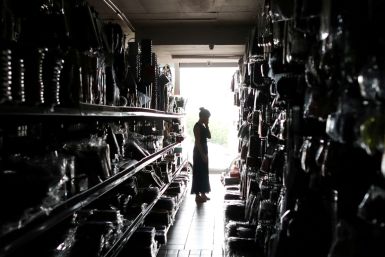Eskom Increasing Load Shedding To Replenish Emergency Reserves: Minister Ramokgopa

South Africa's electricity minister said on Sunday that Eskom was increasing the load shedding stages from Stage 1 to Stage 3 to replenish emergency reserves.
Kgosientsho Ramokgopa explained this increase was happening because Eskom lost a "cluster" of units from different power stations, causing them loss of over 2,700 megawatts (MW).
"If we had not experienced that, of course, you would not be seeing the kind of intensity of load shedding that we are experiencing," he said, SA News reported.
Ramokgopa praised the return of big units -- Units 1 and 3 in Kusile Power Station, noting that it will create an additional buffer. He added Eskom was now waiting for Unit 2 and 5 to return.
Furthermore, he explained that such unit failure resulted in the continued burning of diesel and open-cycle gas turbines (OGGT) running on stream.
"That's something that we haven't done and avoided over the past four or five weeks before the last two weeks," he said. "We've been burning very little diesel and preserved that and ensured that we rely on the ability of the units on their own to give us the megawatts that are required."
"That's why the media statement that went out by Eskom today is to say we want to build that emergency reserve because we have depleted them."
According to the minister, Eskom, which is responsible for providing electricity across South Africa, did not foresee the current breakdown.
However, Ramokgopa is looking forward to five units returning on Sunday night from Duvha, Majuba and Lethabo power stations to reduce the load shedding over the period of time.
"This messaging is a function of our ability to keep to these timelines. And of course, you can see that some of them were already delayed but we are confident about their ability to bring these units back on stream to ensure that we're able to address this situation," he said.
After almost one year, Unit 1 of Koeberg Power Station was restored on Saturday. After Unit 1 becomes stable in the grid, Unit 2 will be taken out for service, expecting it to return on time.
Ramokgopa admitted that looking at previous "experiences of Unit 1, it doesn't give us that degree of confidence and that's why there's that discussion that we have with the management."
Unit 2 is expected to be taken out in the first week of December.
© Copyright 2025 IBTimes ZA. All rights reserved.


















